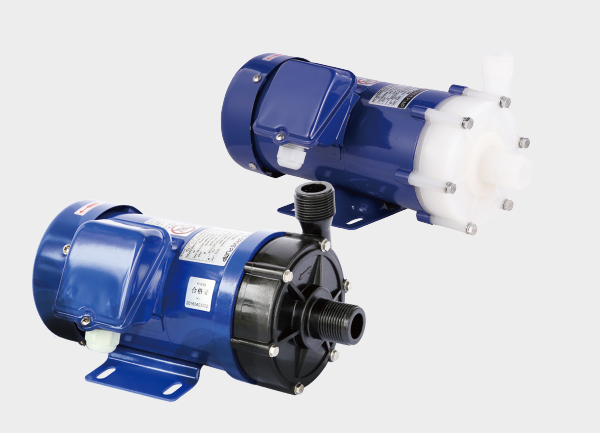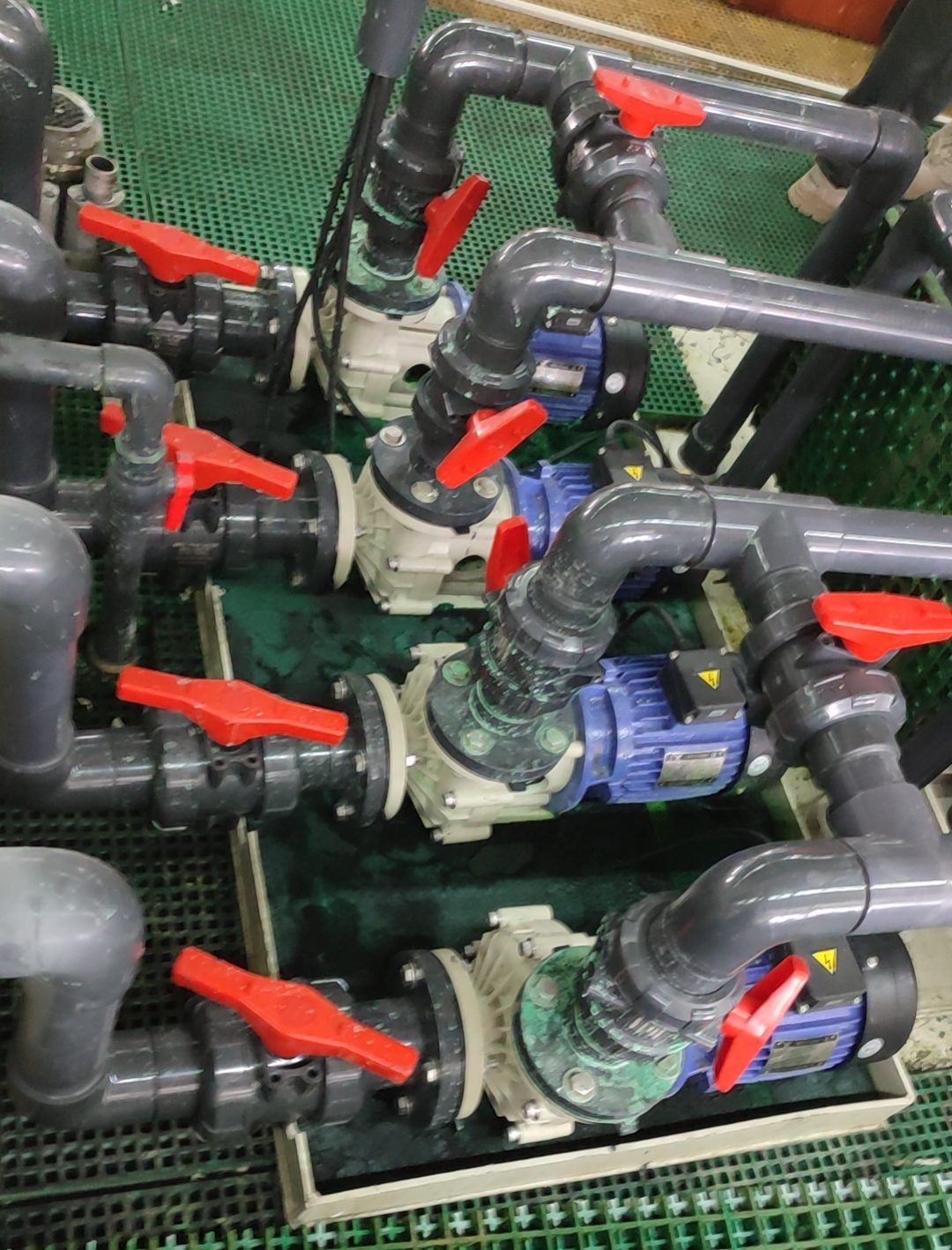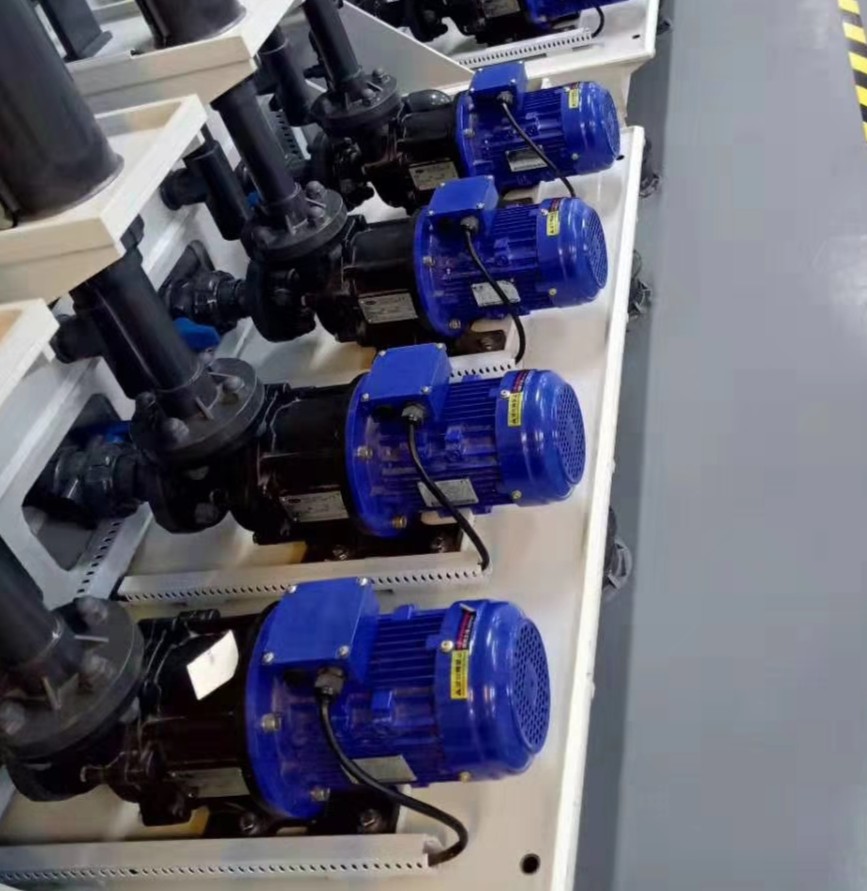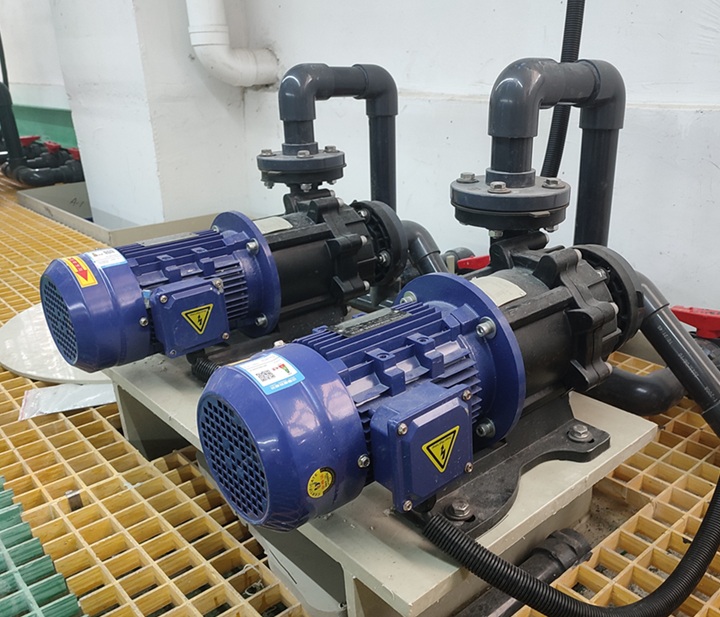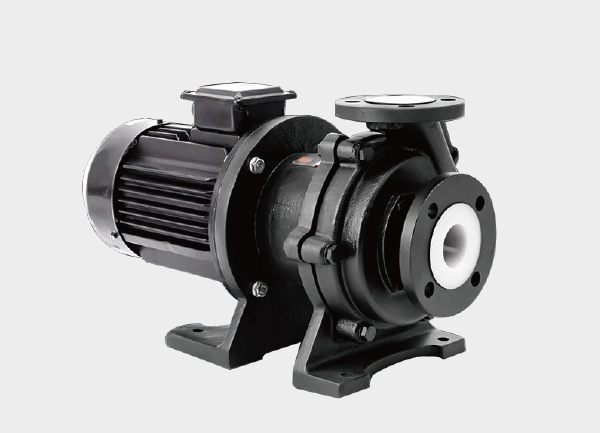Magnetic drive pumps (often called mag-drive pumps) are a special type of centrifugal pump designed with no mechanical seals and powered through magnetic coupling transmission. This innovative structure fundamentally eliminates leakage risks associated with traditional pumps, while delivering major benefits in reliability, maintenance, fluid purity, and safety. Below, we break down the six core advantages of magnetic drive pumps and their industrial value.
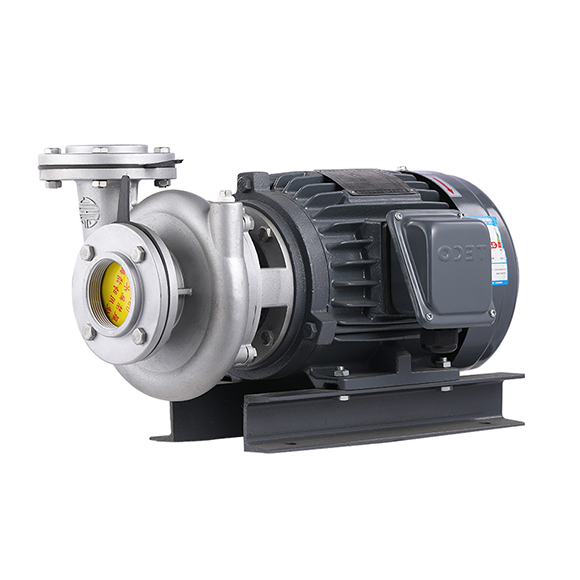
1. Absolute Leak-Free Design – Ideal for Hazardous and High-Value Fluids
The biggest advantage of magnetic drive pumps is their leak-free performance.
Traditional centrifugal pumps rely on mechanical seals (rotating and stationary rings) to prevent leakage. However, these seals often fail due to wear, corrosion, or process fluctuations, causing hazardous leaks of flammable, explosive, toxic, or corrosive media.
Magnetic pumps replace mechanical seals with a static seal + magnetic coupling system:
A stationary isolation shell fully seals the fluid.
The motor drives an external magnet, which transfers torque through the isolation shell to the internal magnet and impeller—achieving non-contact power transmission.
This design ensures 100% leak-free operation, making magnetic pumps the standard solution for industries handling dangerous or high-purity fluids, including chemical processing, pharmaceuticals, semiconductors, and food production.
2. High Reliability, Low Failure Rate, and Longer Service Life
Mechanical seals are the weakest point of traditional pumps, often requiring replacement every 3–6 months. Seal failure typically leads to pump downtime and potential cascading issues like shaft wear or motor overload.
Magnetic drive pumps avoid these problems:
No seal wear and no risk of leakage-induced corrosion.
Simplified transmission design: the impeller is directly connected to the internal magnet, reducing stress on bearings and shafts.
Premium mag-drive pumps (with rare-earth magnets and silicon carbide isolation shells) achieve a Mean Time Between Failures (MTBF) of 8,000–12,000 hours—2–3 times longer than conventional pumps, with service lives often exceeding 5 years.
3. Lower Maintenance Costs and Reduced Downtime
Because mag-drive pumps have fewer wear parts and minimal failure points, their total cost of ownership is significantly lower:
Reduced spare parts: no need for frequent seal replacements or sealing liquids.
Lower downtime and labor: mechanical seal replacement often takes 1–2 days and requires skilled technicians. By contrast, mag-drive pump inspections are limited to bearings and cooling systems, with maintenance intervals stretched to 12–24 months.
For industries with continuous production (chemical reactors, power plants, cooling systems), this translates into fewer shutdowns and higher productivity.
4. Superior Fluid Purity – No Risk of Secondary Contamination
Mechanical seals require lubrication (seal oil or flushing water), which can leak into the pumped fluid. Seal wear also generates fine particles that may contaminate sensitive media.
Magnetic pumps eliminate these risks:
No sealing liquid required.
Wetted parts are typically made from 316L stainless steel, silicon carbide, or PTFE, which are corrosion-resistant and non-contaminating.
This guarantees fluid purity, which is essential in:
Food and beverage (juices, dairy)
Pharmaceuticals (injectables, sterile solutions)
Semiconductors (ultrapure water, electronic-grade chemicals)
5. Adaptability to Harsh Conditions with Built-In Safety Features
Mag-drive pumps are engineered for safe and versatile operation across demanding applications:
Corrosion resistance: customizable materials (fluoroplastics for strong acids, Hastelloy for high-temperature fluids).
Overload protection: if the impeller locks (due to crystallization or debris), the internal magnet slips against the external magnet, preventing motor burnout and protecting components—like a built-in safety clutch.
Wide temperature range: optimized designs allow pumping from –196°C (liquid nitrogen) to 350°C (hot heat-transfer oil), far beyond conventional pump limits.
6. Easy Operation with Controlled Energy Losses
Operating a mag-drive pump is no more complex than using a traditional centrifugal pump.
Magnetic coupling introduces a small efficiency loss (typically 5–10%), but with rare-earth magnets (NdFeB) and low eddy-current isolation shells (silicon carbide or titanium alloys), losses can be reduced to <3%.
Some models include smart monitoring systems (bearing temperature sensors, leakage alarms) for real-time status tracking, enhancing safety and ease of use.
Summary: Where Magnetic Drive Pumps Excel
| Advantage | Core Value | Typical Applications |
|---|---|---|
| Leak-Free Operation | Prevents hazardous fluid leakage, ensures safety | Chemical, petrochemical, pharmaceutical (toxic/flam. media) |
| High Reliability | Reduces downtime, supports continuous production | Power plants, metallurgy (circulating & cooling water) |
| Low Maintenance Cost | Fewer spare parts, lower labor costs | Industrial circulation, municipal water treatment |
| High Fluid Purity | Prevents secondary contamination | Food, pharmaceuticals, semiconductors |
| Work Condition Flexibility | Handles extreme temperatures & corrosion | Cryogenics, high-temp heat-transfer oil |
⚠️ Limitations: Magnetic pumps are not ideal for fluids with high solid content (e.g., slurries, mud), which may jam the impeller and cause magnet slip. They are also less efficient in ultra-high-pressure or large-flow applications where magnetic losses increase.


